Tuesday, October 27. 2015

The Blue Ringed Octopus, Hapalochlaena maculosa, has one of the deadliest toxins of all sea creatures! Its venomous bite can easily kill a human despite its diminutive size of less than 12cm.
Fortunately human deaths are very rare as long as effective treatment is close at hand.
Edithburgh has a large population of these fascinating critters however they're not often seen as they hide during the day and come out at night to hunt.
Photo: Robert Rath, 'Blue Ringed Denizen', 1/60s f/4 ISO100 35mm
Monday, October 26. 2015
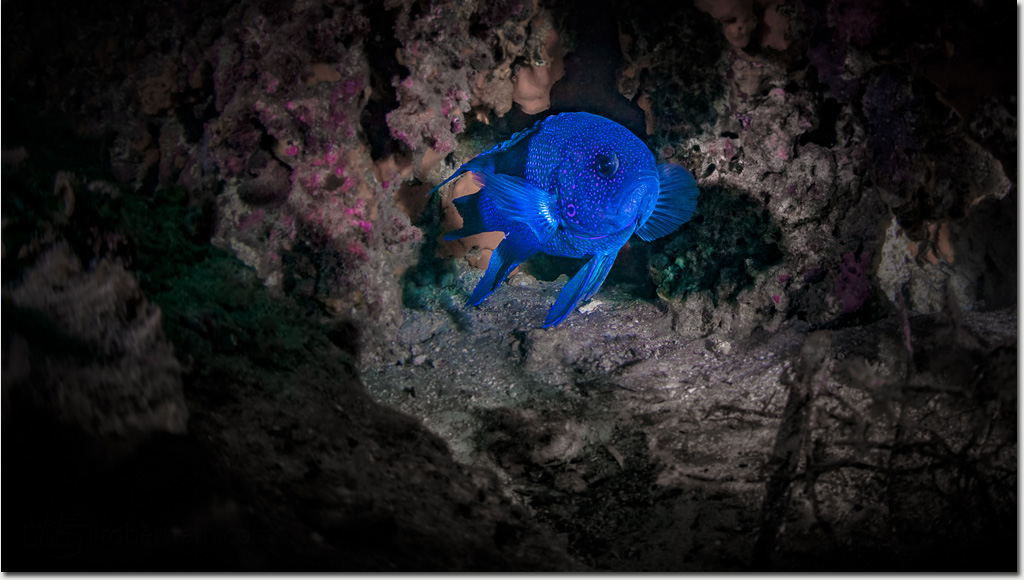
In many years of diving Edithburgh Jetty is my first every encounter with a Western Blue Devil, Paraplesiops meleagris.
One of the most visually striking in both form and colour of all the southern Australian reef fishes, the Western Blue Devil normally is found lurking in caves and under ledges of deeper offshore reefs.
This beautiful but grumpy looking creature was indeed found in a small cave near the jetty so in habitat it was keeping form but as I said, my first Blue Devil in Edithburgh.
Photo: Robert Rath, 'The Devil's In Town', 1/100s f/8 ISO320 15mm
Sunday, October 25. 2015

This little guy under Rapid Bay Jetty is a Western Cleaner Clingfish, Cochleoceps bicolor.
In more than 25 years of diving this location, this year is the first time I have seen them here.
The first time was back in late winter when my dive buddy Alexius found one during one of our dives. Since then I can find at least one on most dives here.
As I have mentions before, the thing I love about clingfish is that they always look like they are smiling at me.
Photo: Robert Rath, 'Western Cleaner Clingfish', 1/200s f/5.6 ISO100 100mm
Saturday, October 24. 2015
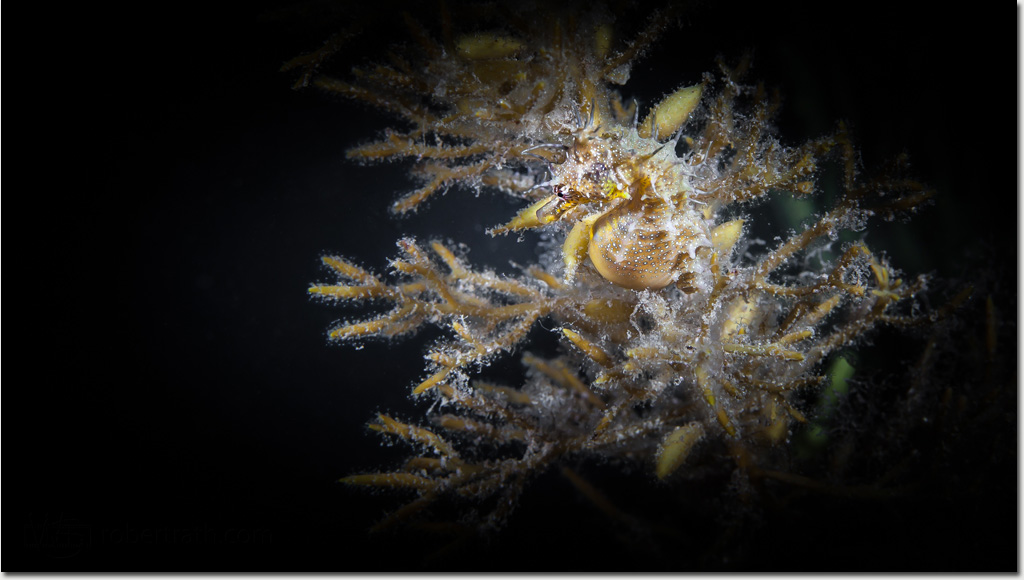
At first we saw nothing, just jetty pylons, yellow algae and usual nocturnal subjects found on an Edithburgh night dive.
Then we saw them everywhere, on the yellow algae, short-head seahorses hiding in plain sight.
Photo: Robert Rath, 'Hiding In Plain Sight' 1/160s f/9 ISO160 50mm
Friday, October 23. 2015
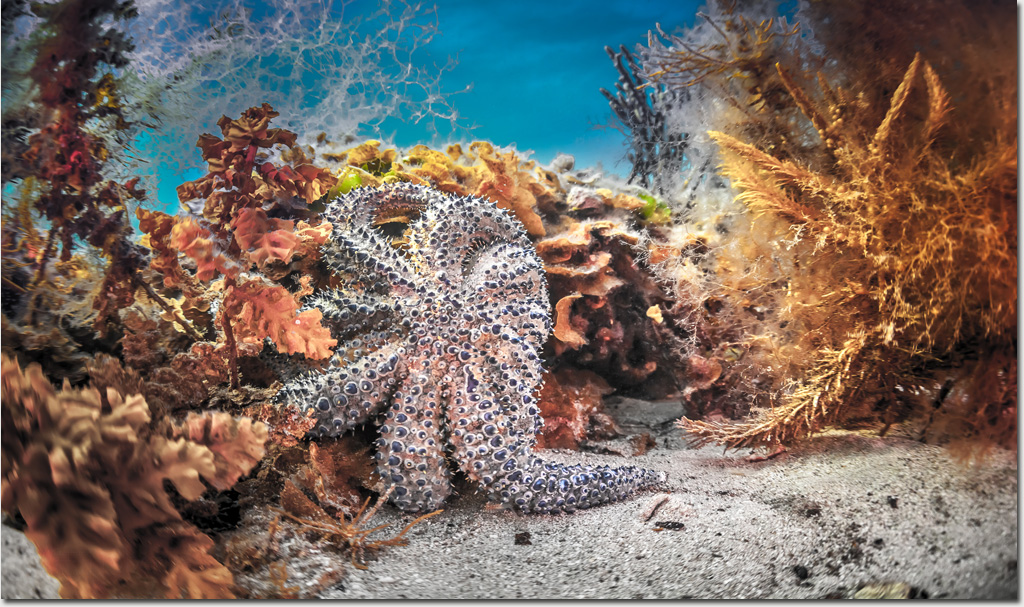
Prime numbers are common in plants but not so common with animals unless you are talking about starfish.
The eleven-armed sea star, Coscinasterias muricata, is our largest starfish and very common here in South Australia.
There were plenty of these starfish under Edithburgh Jetty but this guy was the only one nicely posing for a photograph.
Photo: Robert Rath, 'Primes' 1/200s f/5.6 ISO320 15mm
Thursday, October 22. 2015
<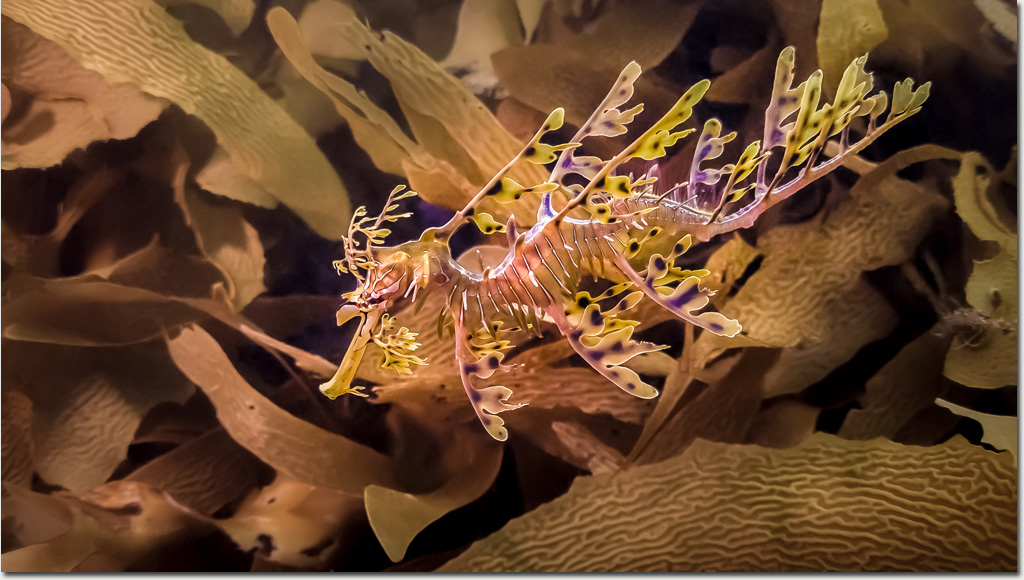
The Bluff is a difficult place at the best of times to dive and observe Leafy Seadragons.
With a consistent southerly swell, strong surge and flailing kelp it can be hard to pickout the leafies from the fronds.
There are usually quite a few around but it is not uncommon for divers to spend a while staring into kelp before their first leafy magically comes into focus.
Once spotted it's a good idea to keep your eyes on the leafy as it sways back and forth in the surge. Even a moments distraction could mean that 'now you see me, now you don't'.
Photo: Robert Rath, 'Now You See Me' 1/200s f/3.2 ISO200 15mm
Tuesday, October 20. 2015

He steals a glance while texting his mates.
She captures the sunset while listening to her favorites.
They enjoy the sand while engaged in their own games.
All of us doing more and being less.
Photo: Robert Rath, 'Multitasking' 1/15s f/7.1 ISO640 50mm
Monday, October 19. 2015
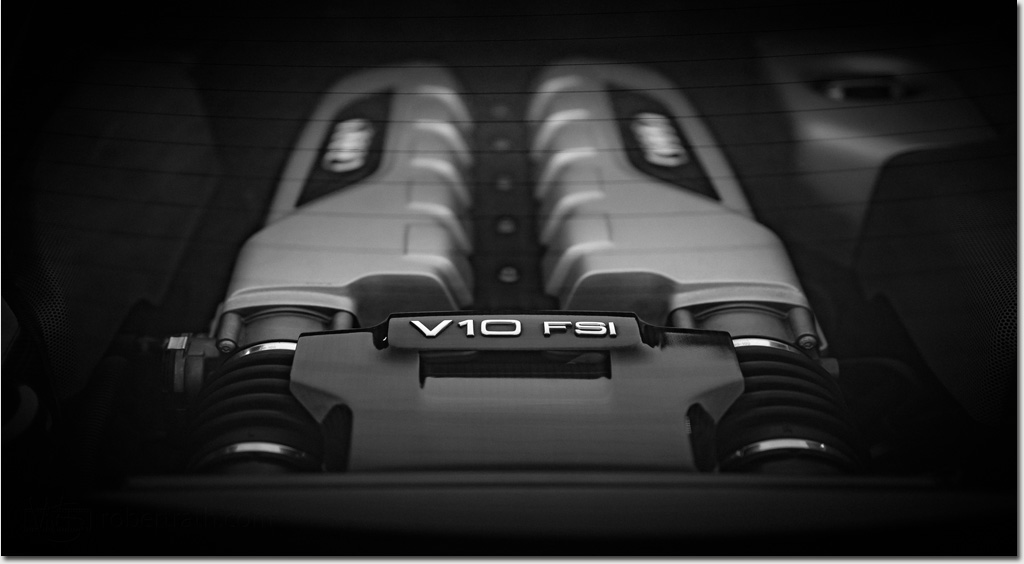
Looking in through the back window of this Audi R8 I see a thing of German engineering beauty. The R8 Quattro's V10 power plant puts it in a completely different league to the local V8 muscle.
Why? Because sometimes 8 cylinders just isn't enough to really satisfy.
Photo: Robert Rath, 'Because Sometimes 8 Just Isn't Enough' 1/100s f/1.4 ISO100 50mm
Sunday, October 18. 2015
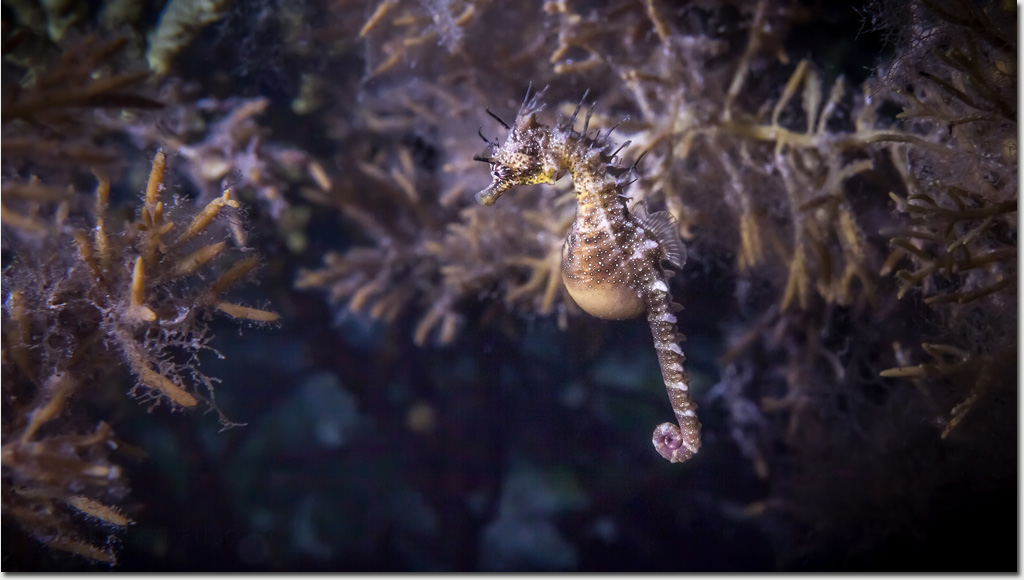
My first dive with a 50mm prime and I am very pleased with the crowd who turned out to sea!
Between Liam (my dive buddy) and myself we counted about 8 individual Short-Head Seahorses, Hippocampus breviceps, in an area about 10m by 10m under Edithburgh Jetty. Not many compared to dives in the past but more than I have seen recently.
We'll definitely be back soon for more short stuff.
Photo: Robert Rath, 'Short Stuff' 1/160s f/9 ISO160 50mm
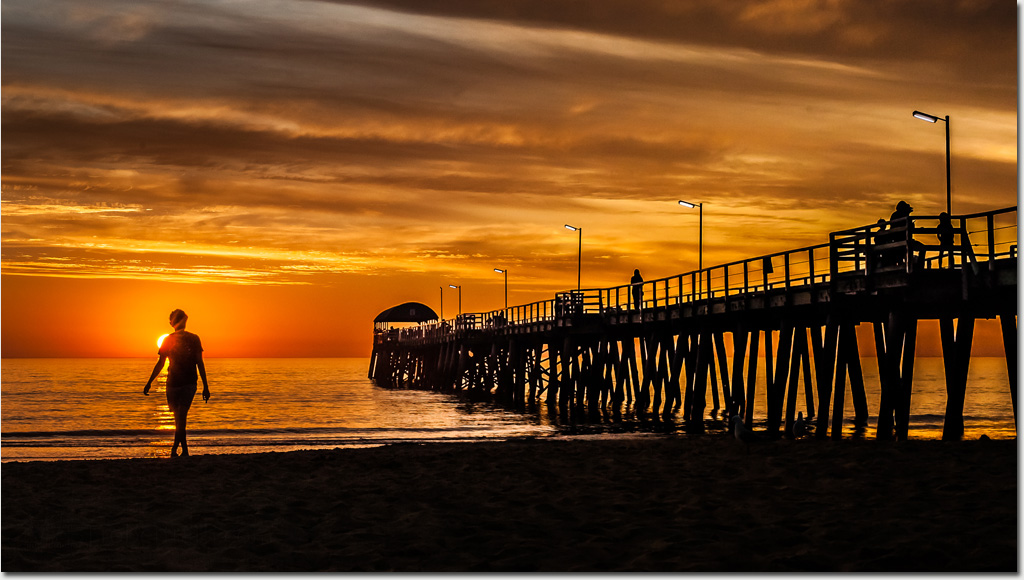
Some parts of the world see only a cloudy sky and rarely see the sun set.
Some parts of the work never see cloud, every sunset the same as the last.
Here in South Australia we are lucky to see every sunset imaginable.
Photo: Robert Rath, 'South Australian Sunset', 1/400s f/13 ISO320 50mm
Friday, October 16. 2015
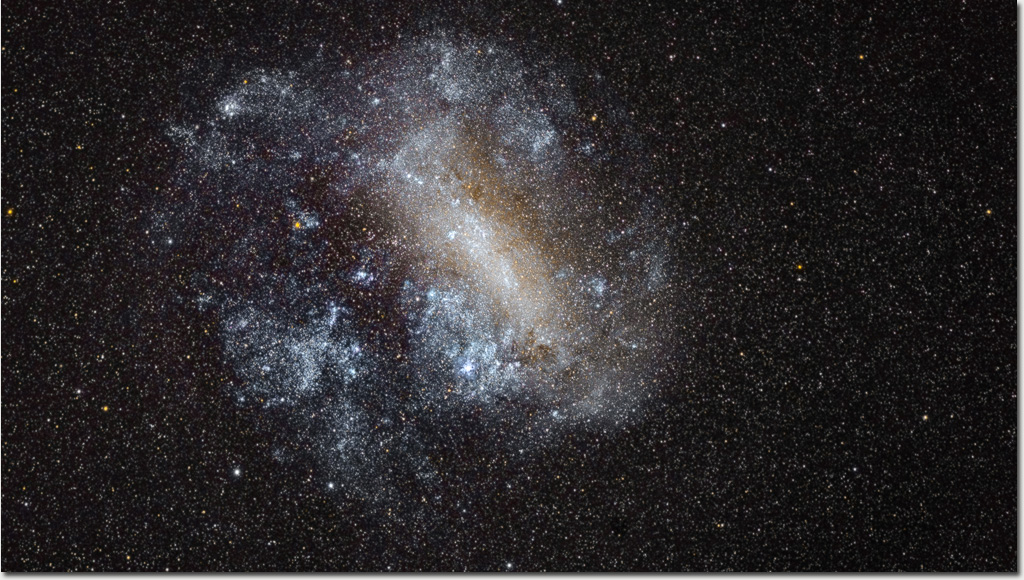
The Large Magellanic Cloud (LMC) is a nearby (on cosmological terms) galaxy clearly visible as a small cloud to the naked eye in the southern night sky. As a neighboring galaxy in our local group it is considered a suburb of our own Milky Way galaxy.
At around 163,000 light year away it is humbling to realise we are looking up at a large object in the night sky as it existed not long after the dawn of the human species.
One extraordinary feature of the LMC is the bright blue purple star-like object just below the middle of the frame. It's not a star at all but one of the most amazing nebulae in our local group, the Tarantula Nebula (30 Doradus).
The Tarantula Nebula is the most cosmologically active starburst object in all the galaxies of our local group giving birth to brand new stars at a greater rate than any other known nebula.
Photo: Robert Rath, 'Large Magellanic Cloud', 24x120s f/4 ISO1600 130mm
Monday, October 12. 2015

Whether wizened also infers become wise is debatable but wise or not that cheeky grin says the exact opposite to being old.
I never did find out her name as I passed by making my way through the crowds celebrating in the OzAsia festival.
Photo: Robert Rath, 'Wizened', 1/400s f/2 ISO1600 50mm
Sunday, October 11. 2015
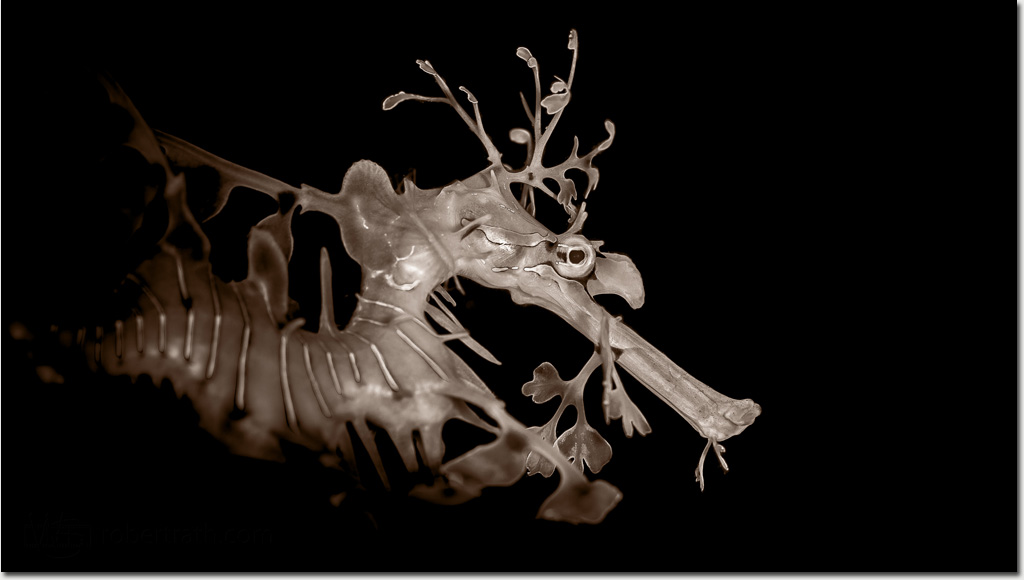
This beautiful Leafy Seadragon posed for stills and video at Rapid Bay this afternoon.
Despite big tides and a strong current the water is getting warmer, up to 14degC here now, and an 8-10m visibility dive day is was welcome change from the soup we have been diving in lately.
Looking forward to more days like today.
Photo: Robert Rath, 'I Sea Dragons', 1/200s f/8 ISO100 100mm
Saturday, October 10. 2015
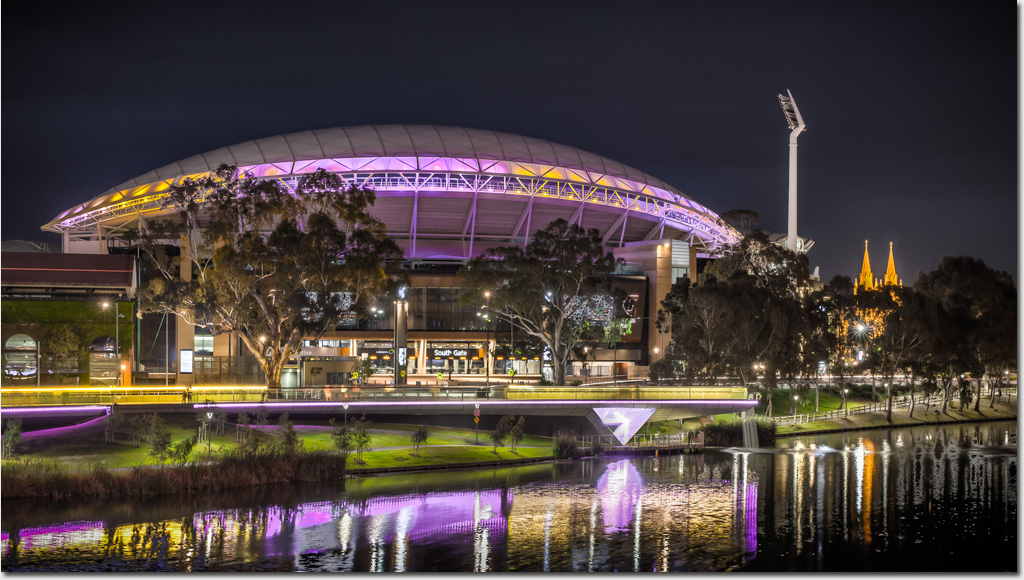
Looking North from the Adelaide Festival Centre over the River Torrens is the impressive structure of the new and vastly improved Adelaide Oval.
It looks wonderful lit up at night although I wonder if its carbon footprint is worth the civic value.
Despite all the arguments for and against I'm in favor of making Adelaide more beautiful at night or day.
Photo: Robert Rath, 'Adelaide Oval', 3.2s f/7.1 ISO320 50mm
Friday, October 9. 2015
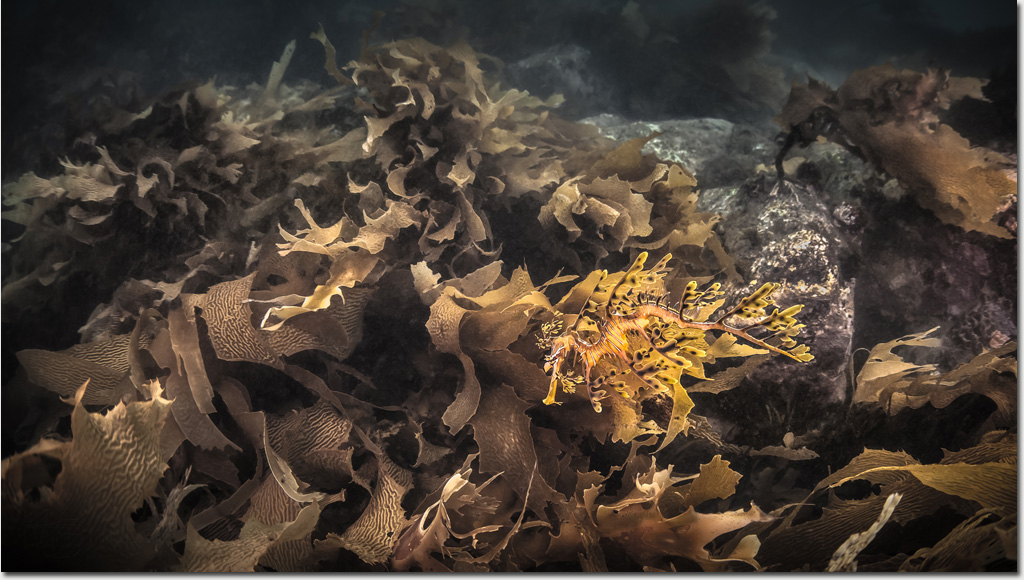
The reason the Leafy Seadragon seems so elusive is that it blends so well into its environment.
It does not matter if it's in kelp or bubble weed or any other of the many species of yellow algae inhabiting our coastal waters, they just seems to disappear into the detail.
For many years I dived in locations where Leafy Seadragons were common and never saw them until I started photographing them.
Now I see them most times I dive where they are still hidden most of the time but not so elusive.
Photo: Robert Rath, 'Crouching Diver, Hidden Dragon', 1/200s f/5.6 ISO200 15mm
Wednesday, October 7. 2015
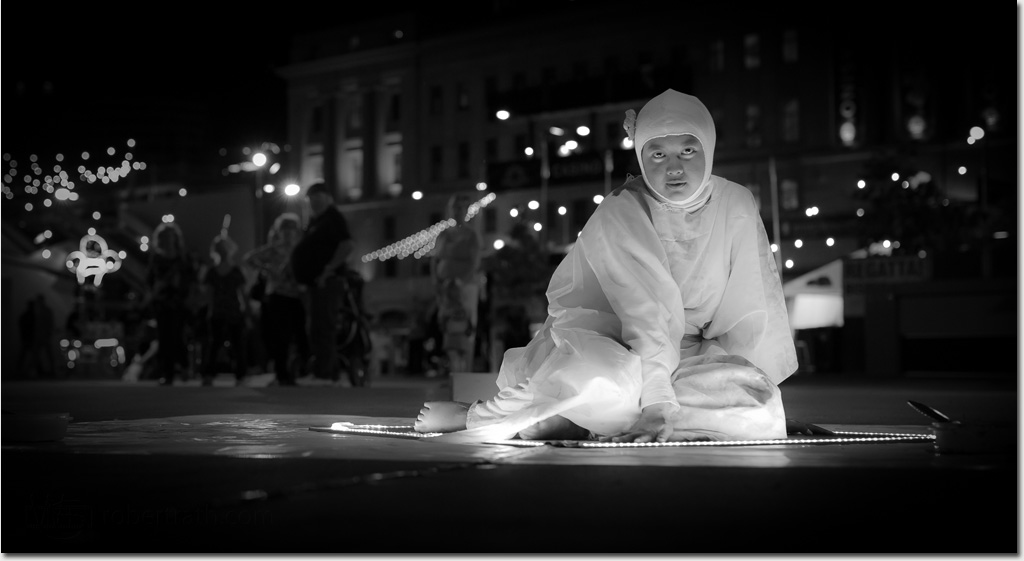
Adelaide's Festival Centre is awash with interesting activities as part of the OzAsia Festival.
I did not get to find out why this girl was sitting on her glowing magic carpet but what ever she was doing there sure got a lot of attention.
Photo: Robert Rath, 'Magic Carpet', 1/80s f/2.5 ISO800 50mm
Tuesday, October 6. 2015
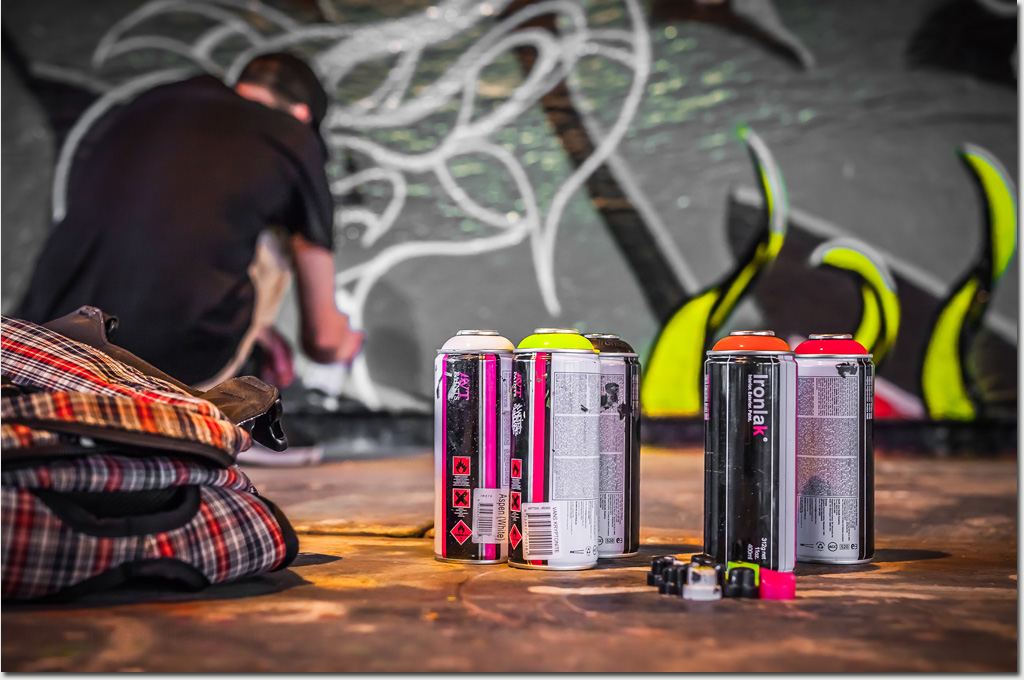
During the Kelby PhotoWalk we spent a little time under the Morphett Street Bridge where there was plenty of action.
There were actors, photographers, models and other artists all doing their own thing in this very public space.
This man is hard at work pursuing his own special craft.
Photo: Robert Rath, 'Man at Work', 1/40s f/3.2 ISO640 50mm
Monday, October 5. 2015
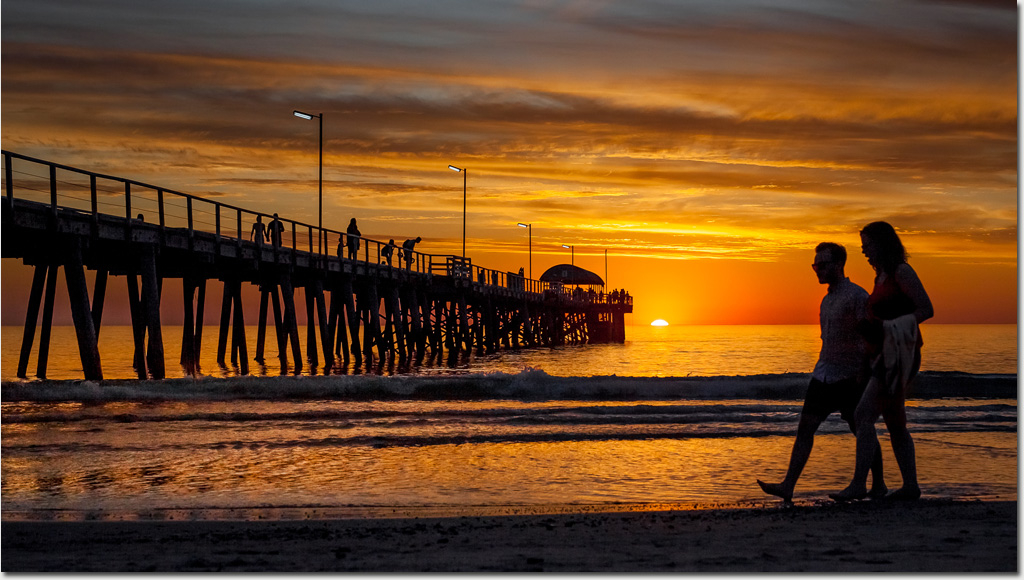
Wow, another amazing pseudo summer's day and an equally gorgeous sunset to round it off.
Photo: Robert Rath, 'Pseudo Summer Sunset', 1/2000s f/7.1 ISO320 50mm
Sunday, October 4. 2015

Last night I joined local Adelaide photographer Andrew Barre and 34 others for a photowalk around Adelaide as part of the annual Kelby PhotoWalk event.
In its eighth year now, and with more than 21,000 photographers world wide participating in yesterday's event, the Kelby PhotoWalk is testament to the growing popularity and social nature of amateur photography.
Gresham Street is where we all started from.
Photo: Robert Rath, 'Gresham Street', 1/250s f/9 ISO200 50mm
Saturday, October 3. 2015
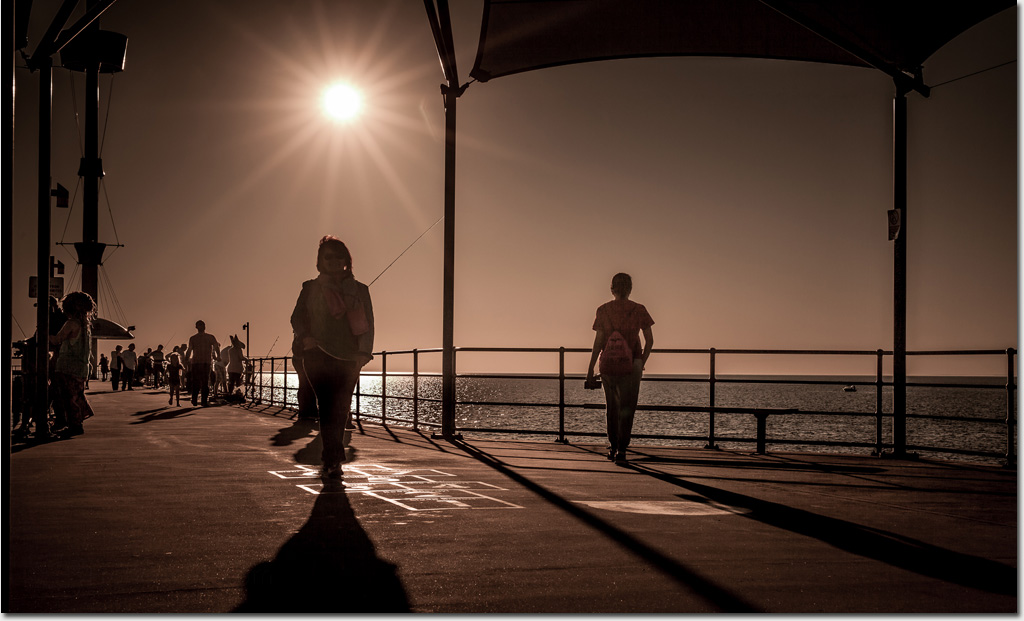
Number six on the hopscotch grid has one foot in the square but she's going the wrong way not aware that's there.
A portent of summer has hit us with a fiery vengeance and with that people have come out to play in the sunshine here on Brighton Jetty.
Photo: Robert Rath, 'Hopscotch', 1/2000s f/11 ISO100 50mm
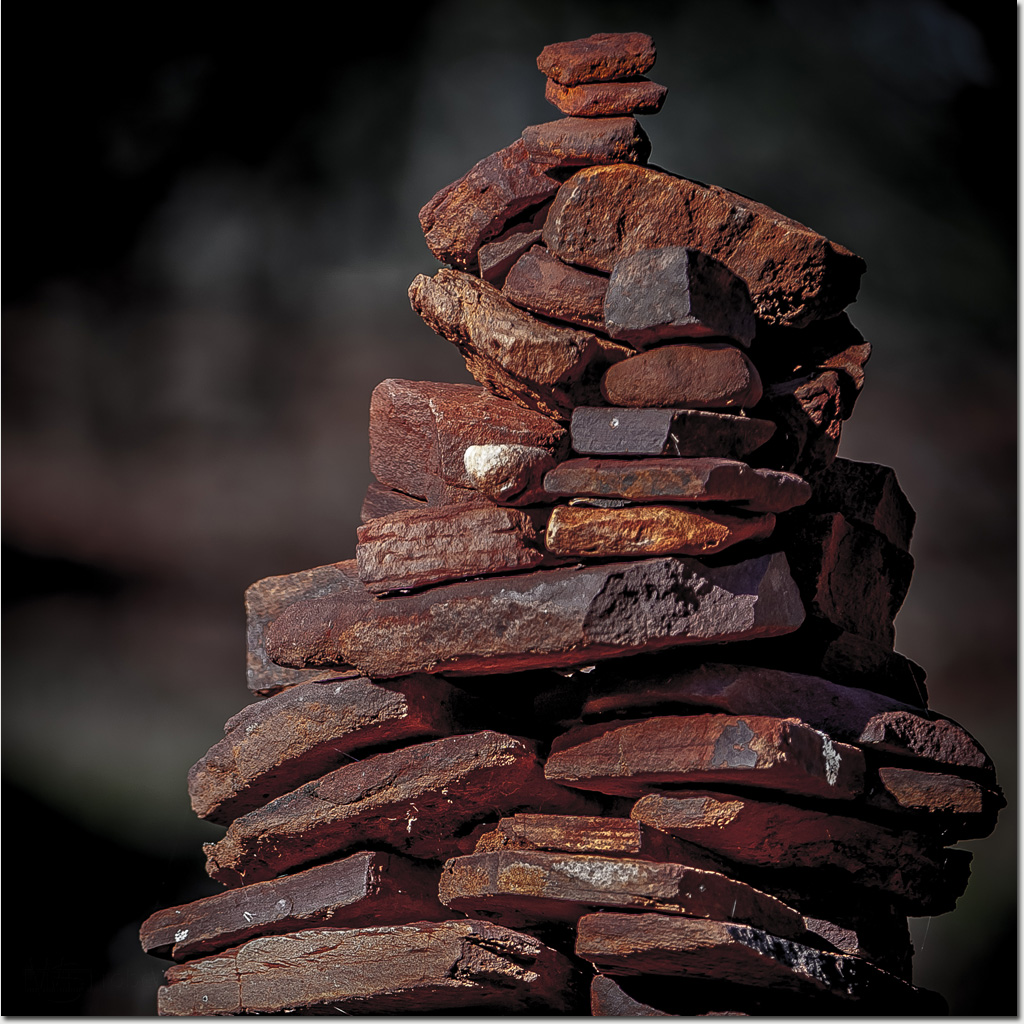
Little mounds of stones seem to be part of arid landscape walking trails, at least all of the arid walks I can remember.
I wonder how the scattered rocks and stones come together apparently all on their own because I have never seen anyone actually build one.
There was nothing special about this cairn over any of the other pile of rocks that apparently no one actually built. I just happened to capture this one.
Photo: Robert Rath, 'Cairn', 1/500s f/2.8 ISO100 155mm
Friday, October 2. 2015
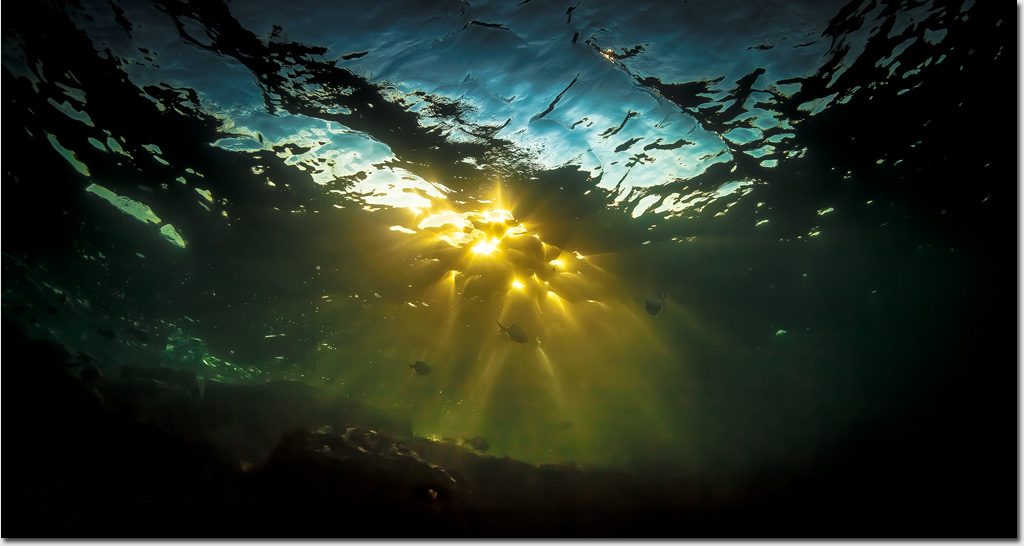
For those back on shore a brilliant yellow sun hovers precariously above a flat expansive western horizon.
Like a dry swimmer testing the water it first dips a little into the water and then more and more as it's seeming water confidence grows. Eventually it is gone beneath the distant waves.
Here under the water yellow light from the horizon is caught in the myriad crests and troughs of a rough sea. Light sparking magic that very same sunset is brought down here to me.
For a couple of minutes this beautiful display of gold light played out out from above before fading to green and then blue as twilight began.
Photo: Robert Rath, 'Submerged Sunset', 1/2000s f/7.1 ISO800 15mm
Thursday, October 1. 2015

Take a close look at that speedometer and you can make a pretty good guess that this car goes really, really fast!
Don't just believe those numbers on the dial because they are there. The Audi logo on steering wheel and that intimidating R8 are really all the credentials needed.
So how fast then? How about well over three times out legal limit of 100K/hr!!!
I sure however this beast has only ever done that on a race track! 
Photo: Robert Rath, 'How Fast Can You Go?', 1/15s f/1.4 ISO100 50mm
Wednesday, September 30. 2015
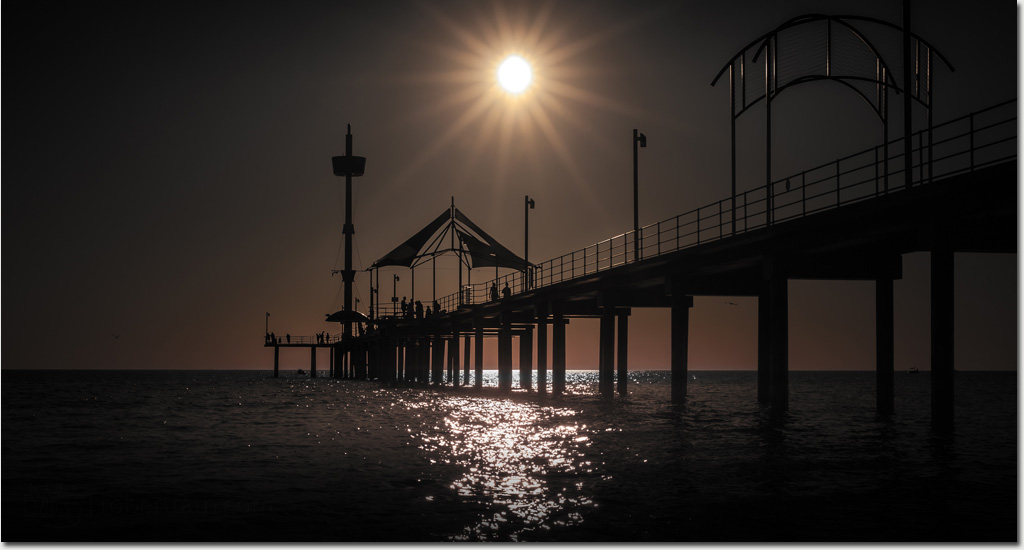
Spending time with my 50mm lens is like learning to see all over again (not that I ever stopped).
I think that I had become lazy with zoom lenses, enamored in the impact and drama of extreme wide angle and in many cases was relying on extreme perspective to draw attention to a scene.
The 50mm lens is forcing me to rethink what gives a scene impact or where a visual story is being told. I have to move around so much more to frame that I spend more time thinking about way I am capturing and in some ways I am developing a new respect for the really good iPhone image makers.
There will definitely be more 50mm to come.
Brighton Jetty, South Australia
Photo: Robert Rath, 'Lenswork', 1/2000s f/11 ISO100 50mm
Tuesday, September 29. 2015
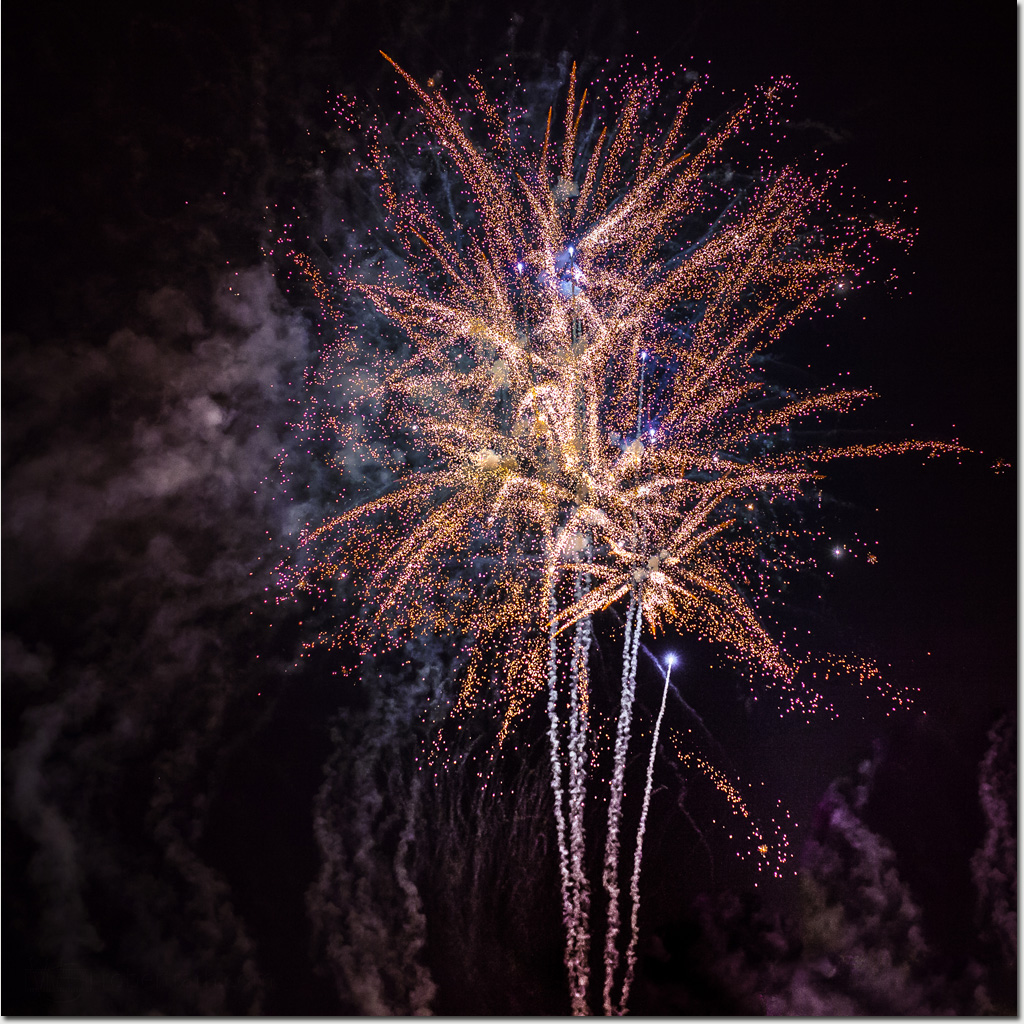
I'm convinced fireworks are something that need to be seen and not photographed.
Last night we were fortunate enough to experience the OzAsia Moon Lantern Festival including the fireworks finale to the evening.
I started watching with camera to my side and felt like I was missing some great images so I quickly pulled off the lens-cap and started capturing some shots.
I realised I was now missing the full experience of fireworks so I put the camera away again and just enjoyed the show.
Photo: Robert Rath, 'Just Enjoy The Show', 1/400s f/2.8 ISO1600 50mm
Sunday, September 27. 2015
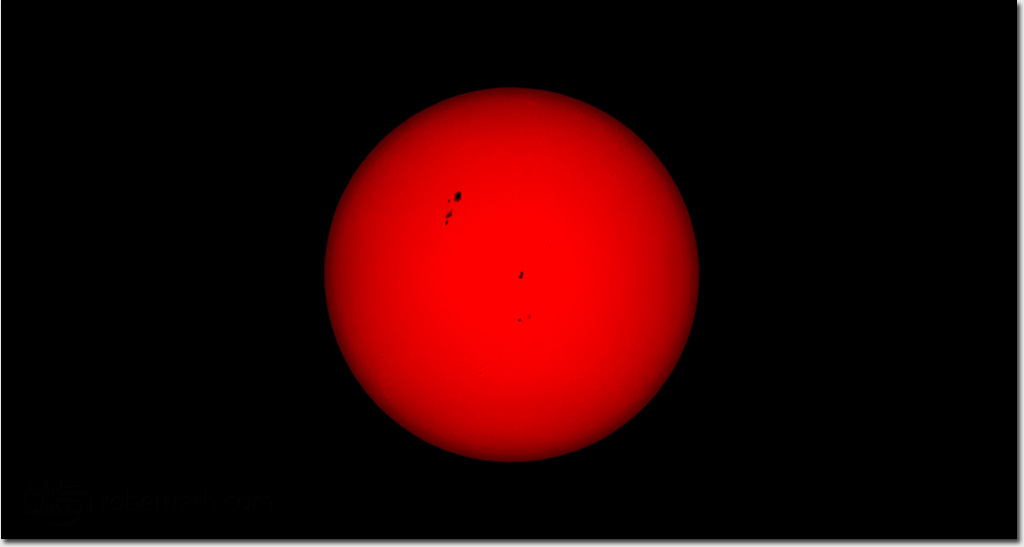
Four billion years from now our sun might look a little like this except for one striking difference.
It will not have those ever changing sunspots that dance across the face of the sun as we see it in the sky today.
Well at least you would if you were looking at it through welding google strength sunglasses.
It's red in this image because I've used a filter to remove most of that yellow white light we would normally see and turn it into that future red giant we really don't want to see any time soon.
Photo: Robert Rath, 'Red Giant', 1/320s f/25 400mm + filters
Saturday, September 26. 2015

I emerged from the local shops with supplies for the evening in hand and there it was in all its V10 glory.
Suburban carparks are not really conducive so photogenic car shots so here is just a close up teaser.
Those of you not familiar with Audi's R8 might not be so impressed but I was!!
Would it be too much to ask for one for Christmas!  Photo: Robert Rath, 'R8', 1/250 f/1.4 50mm
Photo: Robert Rath, 'R8', 1/250 f/1.4 50mm
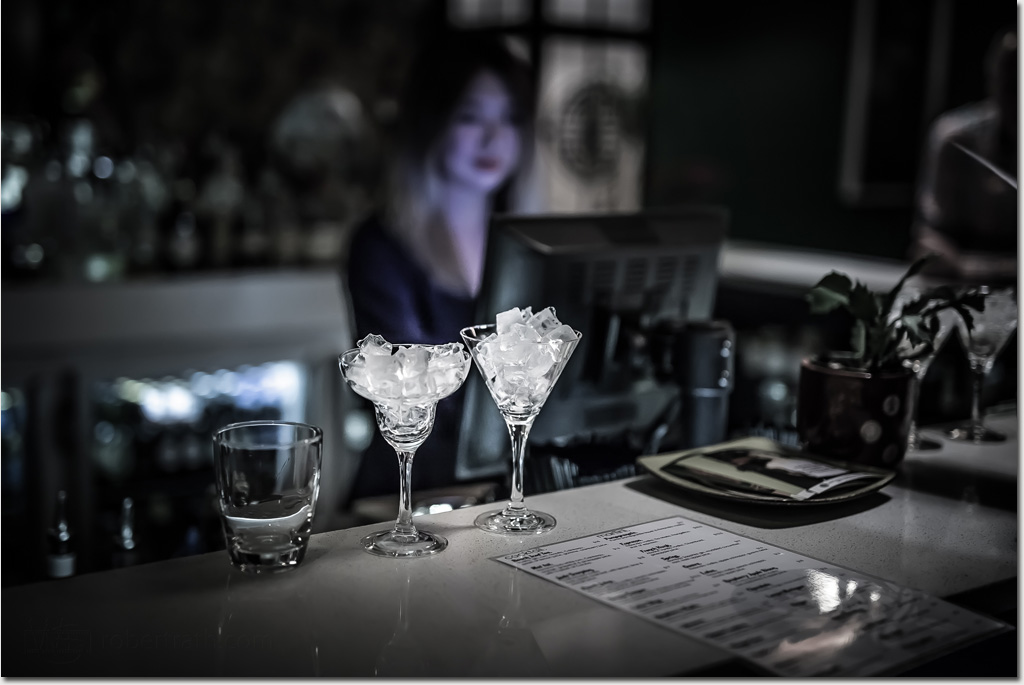
They could just keep the glassware in the freezer. That would be more efficient, more practical and save time but ...
It's all about the ice, about the ice, about the ice. It looks cool (pun intended) in the glass and is part of the ritual of authentic cocktail making.
I just wish they did not have to throw it away!
Photo: Robert Rath, 'It's all about the Ice', 1/30s f/1.4 ISO640 50mm
Friday, September 25. 2015
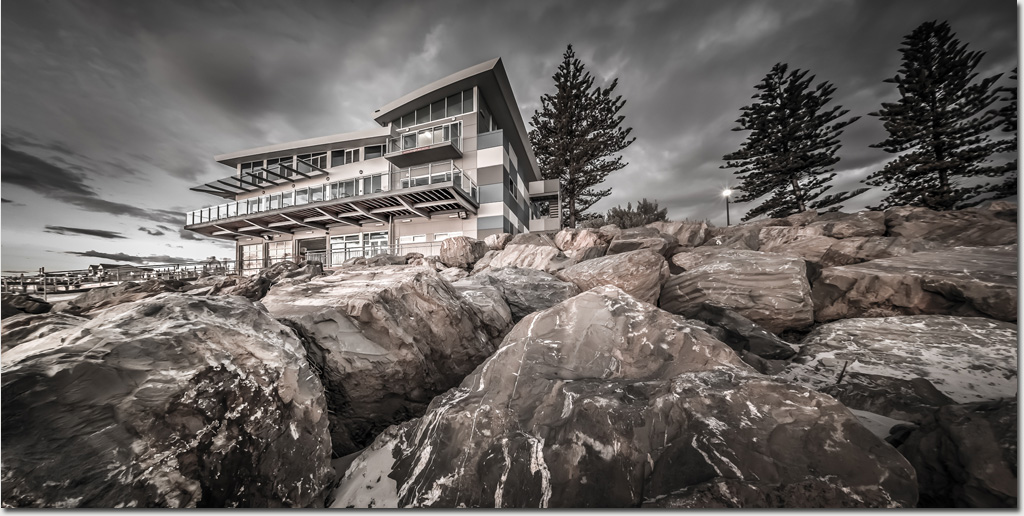
The expression 'on the rocks' can be good or bad depending on whether you are in a bar or on a boat.
In this building there are both and being on the rocks just adds to the effect for both. The recently rebuilt (from the rocks up) Henley Surf Life Saving Club is welcome development from the old 'shed' that once stood there and continues to play a valuable part in the local community regardless of whether you are into boats or bars or beaches.
Photo: Robert Rath, 'Surf Club on the Rocks', 13s f/18 ISO160 15mm
Wednesday, September 23. 2015

Out for dinner or my play time with the 50mm lens?
I like to think I can always combine the two but enthusiasm has its limits and sometime it's best to take a quick shot and then put the camera away.
Photo: Robert Rath, 'Out For Dinner', 1/80s f/1.8 ISO640 50mm
|